Grooming Tips for Dogs
Keeping your dog clean and well‑groomed doesn’t have to be a chore. With a few easy habits you can make grooming a bonding time rather than a battle. Below are straight‑forward tips that work for most breeds, plus a few tricks for special situations.
Everyday Grooming Basics
Brush regularly. A quick brush each day removes loose hair, distributes natural oils, and helps you spot skin problems early. For short coats use a rubber brush or a soft bristle; for longer hair a slicker brush works best. If you hear a lot of noise, try a gentle brush and reward your dog with a treat.
Check ears and eyes. Look for redness, wax buildup, or discharge. A cotton ball dampened with warm water wipes away surface dirt—never insert anything into the ear canal. Clear eyes with a clean, damp cloth; if you see persistent cloudiness, call your vet.
Trim nails when needed. Dogs that walk on hard surfaces often keep short nails naturally, but most need a trim every 3–4 weeks. Use a dog‑specific nail grinder or clippers, and stop before you see the quick (the pink line in light‑colored nails). If you’re unsure, ask a groomer to show you the right angle.
Bath sparingly. Dogs have natural oils that protect skin; over‑bathing can strip them. Aim for a bath once a month or when they get especially dirty. Use a mild, dog‑approved shampoo and rinse thoroughly to avoid irritation.
Special Situations and Seasonal Care
Winter coat protection. Short‑haired breeds may need a light coat or sweater to stay warm, but always check that it fits snugly and doesn’t restrict movement. After walks, dry paws and the area between toes to prevent cracking.
Summer heat management. Brush more often in hot weather to remove excess fur that can trap heat. Keep a bowl of fresh water nearby, and if your dog has a thick double coat, consider a professional trim rather than a full shave, which can affect temperature regulation.
Long‑hair grooming. Breeds like Collies or Maltese need regular trimming to avoid tangles. Work in small sections, using a detangling spray made for dogs. If mats form, cut them out carefully with blunt scissors—never pull hard, as it hurts the skin.
Dental care. Good grooming includes fresh breath. Brush teeth with a canine toothbrush and toothpaste a few times a week. Dental chews and raw carrots can help reduce plaque between brushings.
Remember, every dog is different. Pay attention to how your pet reacts, and adjust tools or frequency accordingly. A calm voice, treats, and short sessions turn grooming into a positive routine that both of you can look forward to.
By sticking to these simple steps you’ll keep your dog looking sharp, feeling comfy, and staying healthy—all without spending hours in the bathroom.
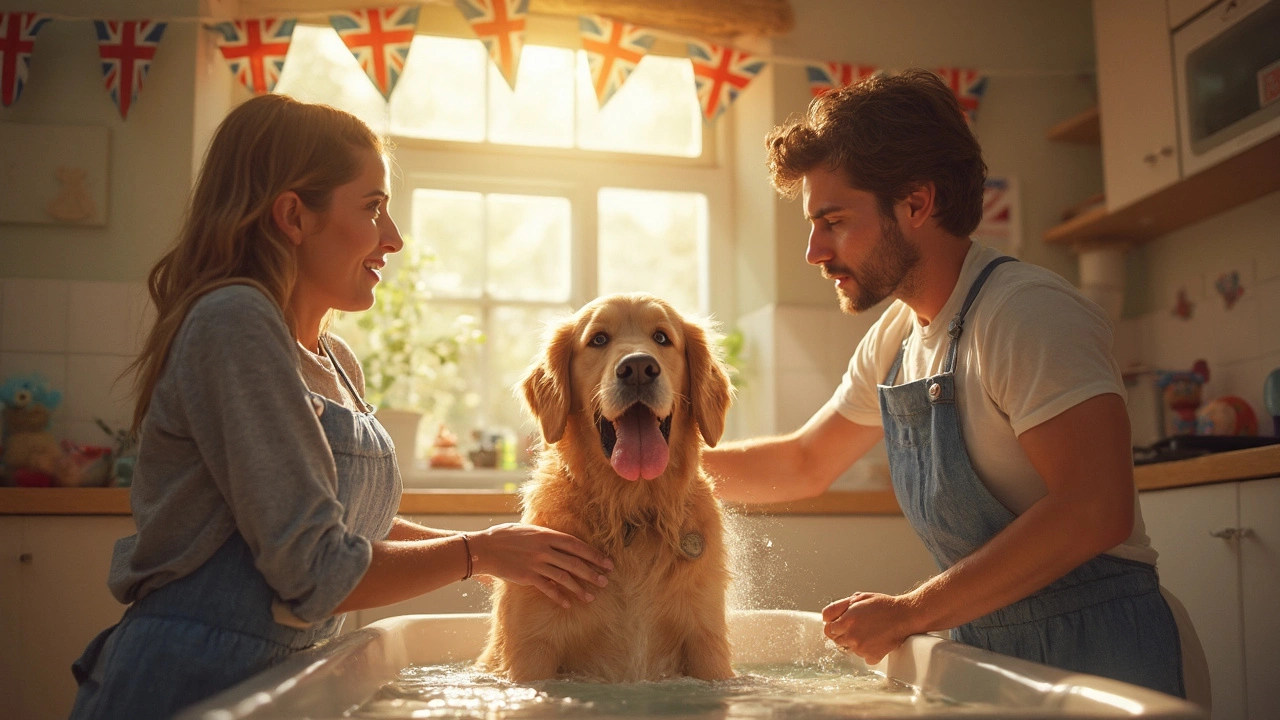
Should a Dog Be Bathed Before Grooming? The Real Deal
Wondering if you need to bathe your dog before a grooming session? This article breaks down the pros and cons, gives easy-to-follow tips, and shares some surprising facts that every dog owner should know. Learn how bathing affects the grooming process and find out what most professional groomers actually recommend. Make bath time less stressful for both you and your pup. Let’s clear up the mystery and help you make grooming day a breeze.
View more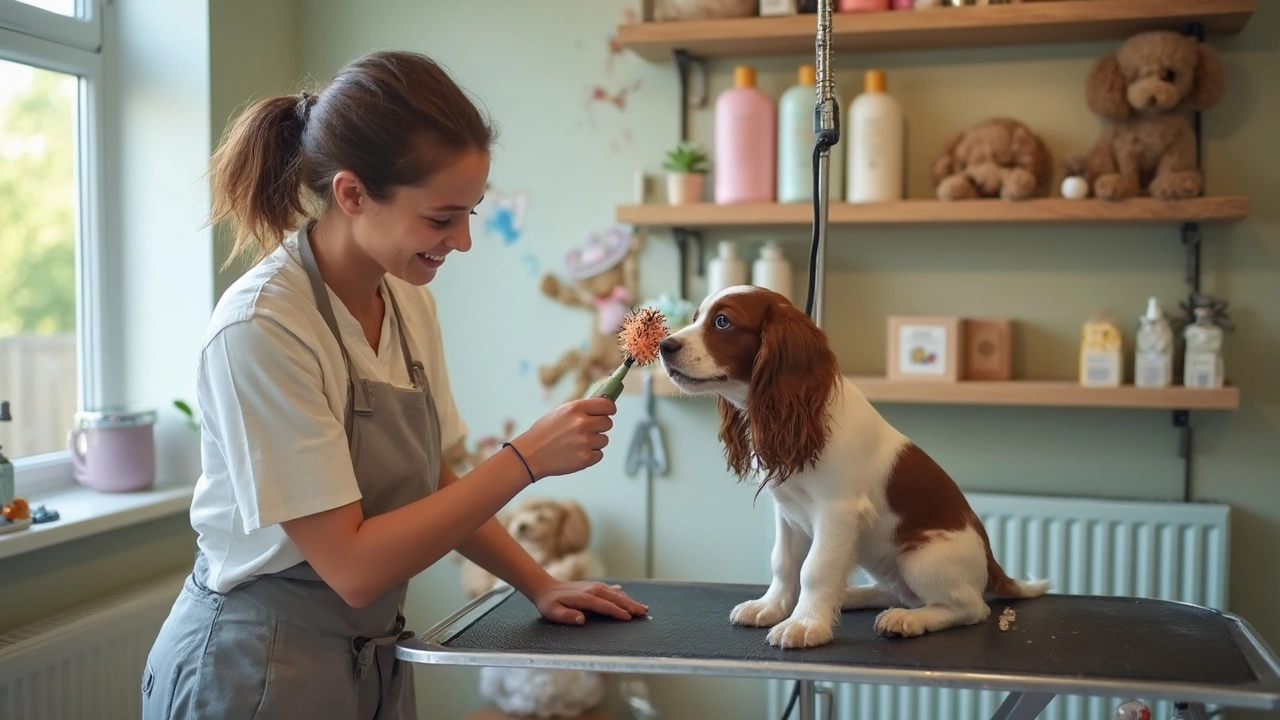
How Do Dog Groomers Keep Dogs Still? Pro Tips for Calm, Safe Grooming
Dog groomers deal with everything from wiggly puppies to nervous older dogs, so keeping dogs still can feel like a magic trick. This article reveals the real-world techniques groomers use—from specialized tools to clever distractions—to make the process safe and low-stress. You'll learn why staying calm matters, how grooming tables really work, and what pet owners can do to help dogs chill out. Plus, discover practical tips you can try at home. Whether your dog loves or hates baths, you'll find advice to make grooming easier for everyone.
View more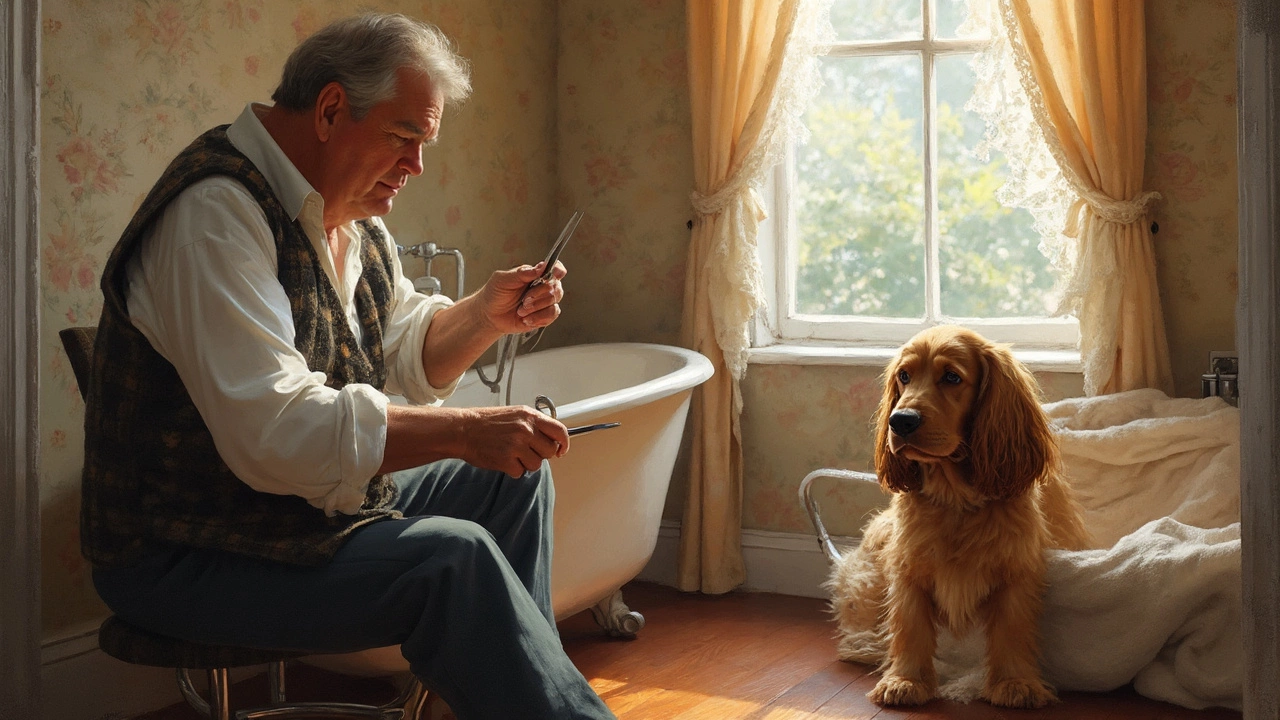
Dog Grooming Basics: To Wash or Cut First?
Deciding whether to wash or cut your dog's fur first can be puzzling for many pet owners. This guide explores the benefits and drawbacks of both approaches, offering practical advice to enhance your grooming routine. Through expert insights and interesting facts, we'll shed light on how to make your pet's grooming experience smooth and effective. Understanding this grooming order can help you achieve better results, ensuring your furry friend feels and looks their best.
View more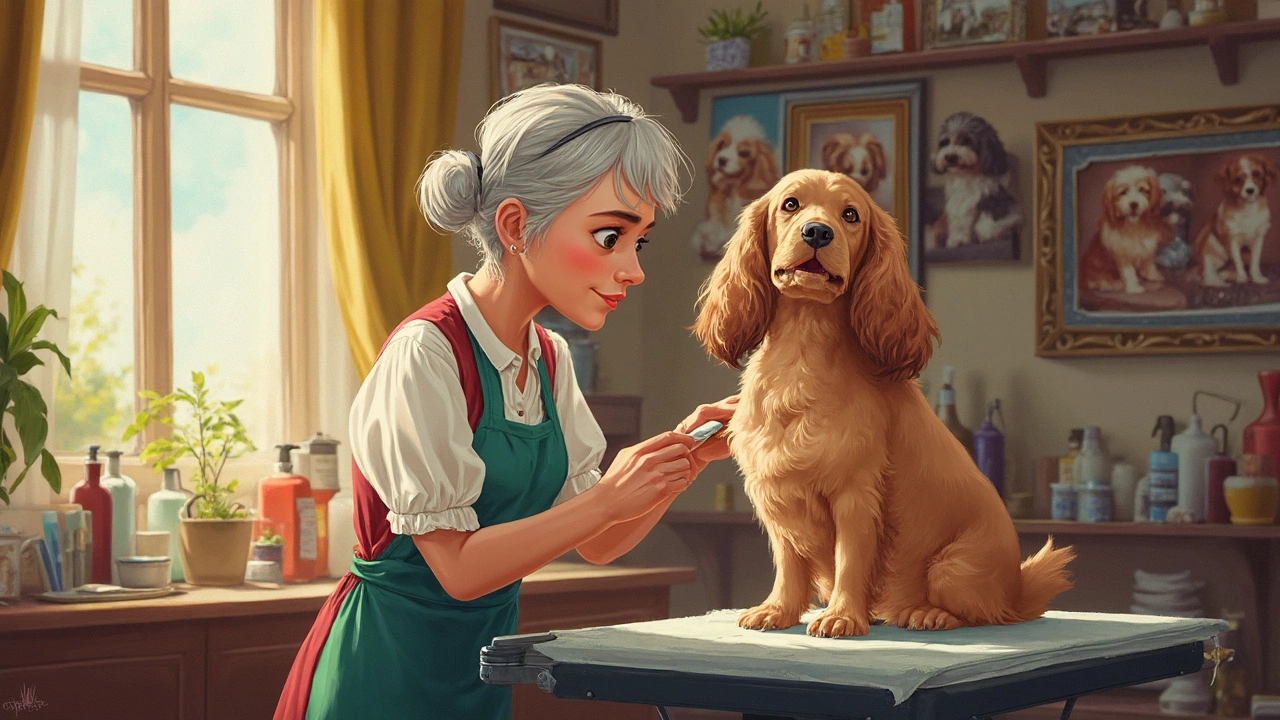
Why Groomers Take 4 Hours: Dog Grooming Demystified
Ever wondered why dog grooming takes so long? This article breaks down the process, revealing the level of care and attention each step demands. By understanding the grooming timeline, pet owners can better appreciate the time and skill involved in keeping their dogs looking their best.
View more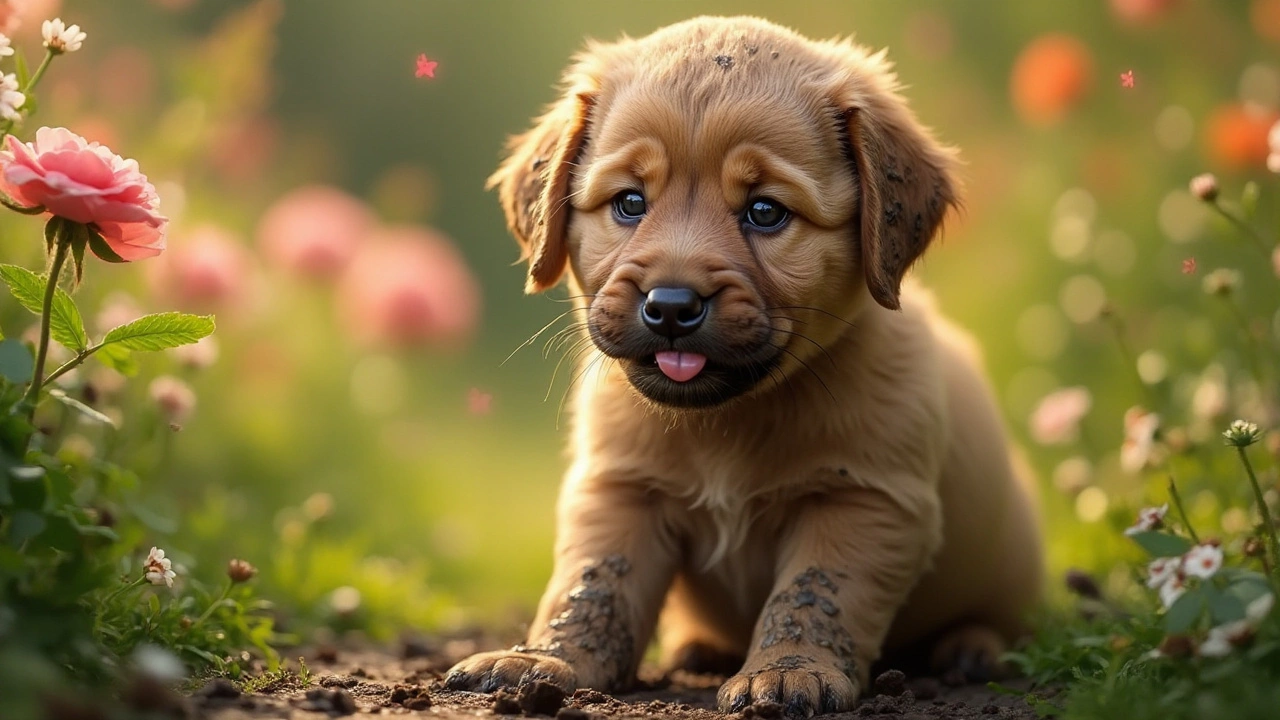
Understanding Dirty Dog Syndrome: How to Keep Your Pup Clean and Happy
Dirty Dog Syndrome, though not an official medical condition, refers to the state where a puppy appears persistently grimy despite regular grooming. This article delves into reasons why puppies sometimes don't stay clean and offers practical solutions to ensure they maintain their pristine coats. From understanding a puppy's play behaviors to using the right grooming tools, we've got you covered. Uncover the secrets to balance a pup's natural exploratory instincts with good hygiene practices. We’ll also explore why some puppies seem to defy cleanliness more than others and what you can do about it.
View more